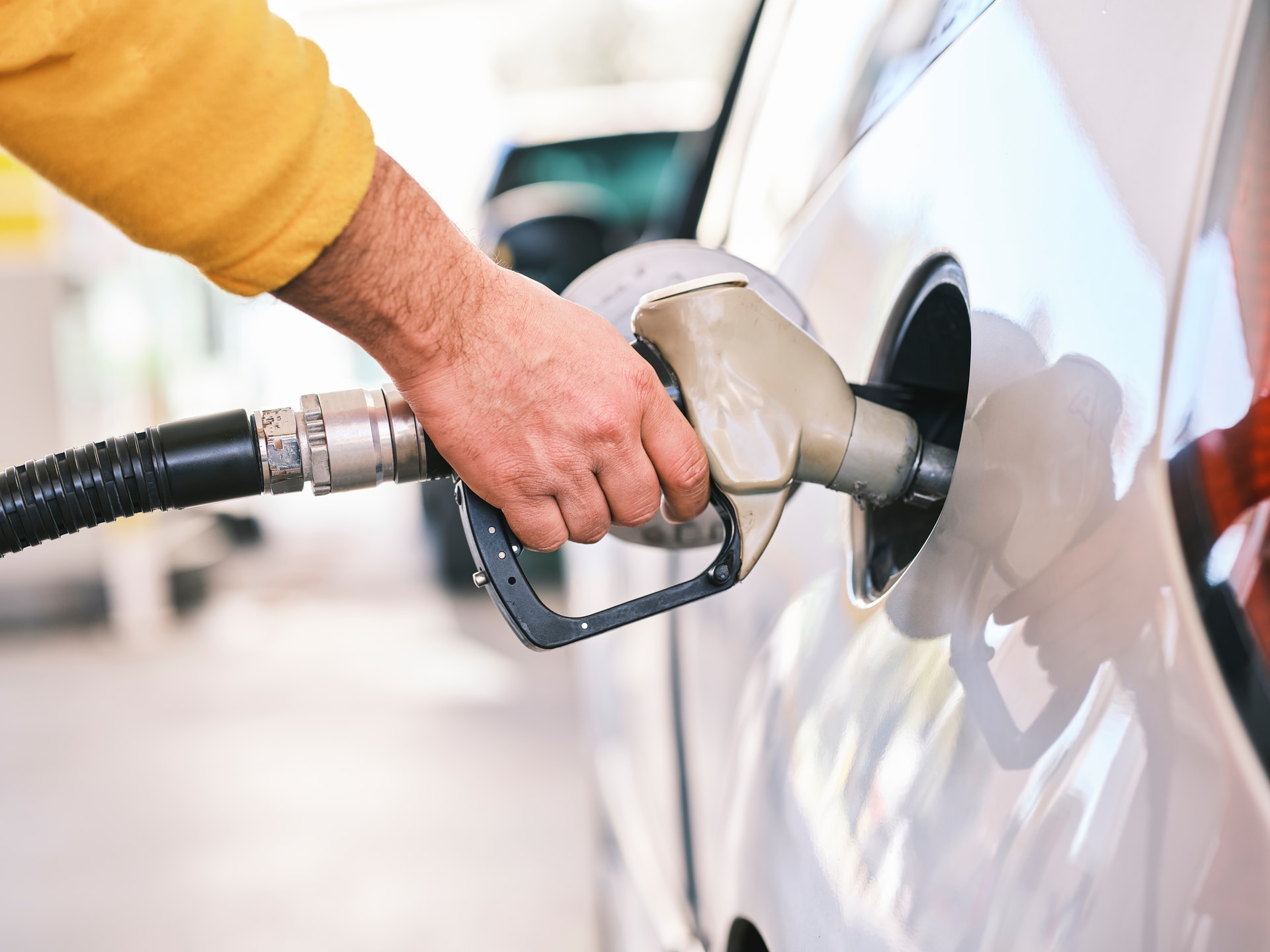5 Tune-Ups to Tone Down What You Pay at the Pump
Surges in gas prices can come unexpectedly and last for far longer than what many American budgets can handle. In 2022, gas prices across the nation have even hit record highs. But while rising fuel costs may be outside of our control, there are steps we can take to minimize what we pay at the pump—especially when it comes to the functionality of our vehicles.
If you’re eager to curb your gas station visits, here are a few potential reasons your car could have suboptimal fuel economy—and what you can do about it.
Underinflated Tires
When tires lose pressure, they will create more drag and require the car to burn more fuel to move forward. If the average pressure loss in a set of tires is 1psi, gas mileage can decrease by .2%.
To see if your car is losing out to this common problem, measure the psi of each tire using a tire pressure gauge. If the levels are below the manufacturer’s recommendations, use an air pump to bring it up to the appropriate level.
Beyond saving you on fuel, routine inflation checks can help prevent premature tire wear and poor handling—issues that could put your safety and wallet in harm’s way.
Bad Sensors
A vehicle’s O2 sensor measures the amount of oxygen that flows through the exhaust pipe to determine the proper air/fuel ratio for the engine. A dirty or bad O2 sensor could throw off this balance, causing the engine to burn too little or too much fuel. These are both issues that could decrease gas mileage.
Apart from poor fuel economy, O2 sensor problems will typically set off the check engine light, as well as cause black exhaust smoke that might smell like rotten eggs. If you notice these signs, visit an auto shop for diagnostic tests and have a professional repair or replace the sensor. While do-it-yourselfers can sometimes clean the sensor with proper auto solvents, this approach may cause more damage if done incorrectly.
High Fuel Pressure
Fuel pressure is determined by the air-to-fuel ratio in an engine. Typically, a fuel pressure regulator works to keep this ratio at an optimal level. But if the regulator is bad or the fuel return line is clogged, pressure levels can become too high. When this happens, too much gas gets sent to the engine, causing the car to burn more than what’s necessary.
When fuel pressure is too high, engine performance can also decrease and eventually trigger the check engine warning light. If you’re trying to rule out the potential sources behind engine problems and poor gas mileage, consider testing the levels with a fuel pressure gauge. By following a few simple instructions, you can connect this assembly under the hood to get an accurate reading of current pressure levels.
The ideal pressure range for most cars is between 35 and 65 psi. However, you should compare your results with what the manufacturer recommends for your specific model. If the level is outside this range, visit a mechanic to pinpoint and fix the cause of the imbalance.
Brake System Problems
Over time, brake systems can develop a variety of issues—such as sticky pads or seizing calipers—that increase resistance every time the car moves forward. In addition to damaging the brake system and posing safety risks, this extra resistance results in more fuel usage.
If it has become more difficult to stop your car on demand or move forward after braking, visit a mechanic for a tune-up. By replacing worn pads and repairing sticky calipers, you can prevent more expensive brake damage and improve your car’s gas mileage.
Misalignment
Drivers often detect bad wheel alignment if their vehicle is pulling to one side, vibrating during travel, or experiencing unusual tire tread wear. When the tires aren’t aligned—or able to stay straight—they will create more drag instead of rotating smoothly. This drag increases the amount of fuel needed to propel the car forward.
Since this issue can cause a variety of costly issues over time, it’s best to have a tire shop realign the vehicle as soon as you notice any of the above symptoms. To prevent these issues from occurring, have your vehicle realigned about once every 6,000 miles.
While many factors can influence fuel economy, they don’t have to happen. If you want to minimize mileage concerns in the future, make sure to avoid driving behaviors that increase demand on the engine—such as idling or tailgating. Regular preventive maintenance from a mechanic can also help keep key fuel regulation components in check to optimize performance and mileage.

